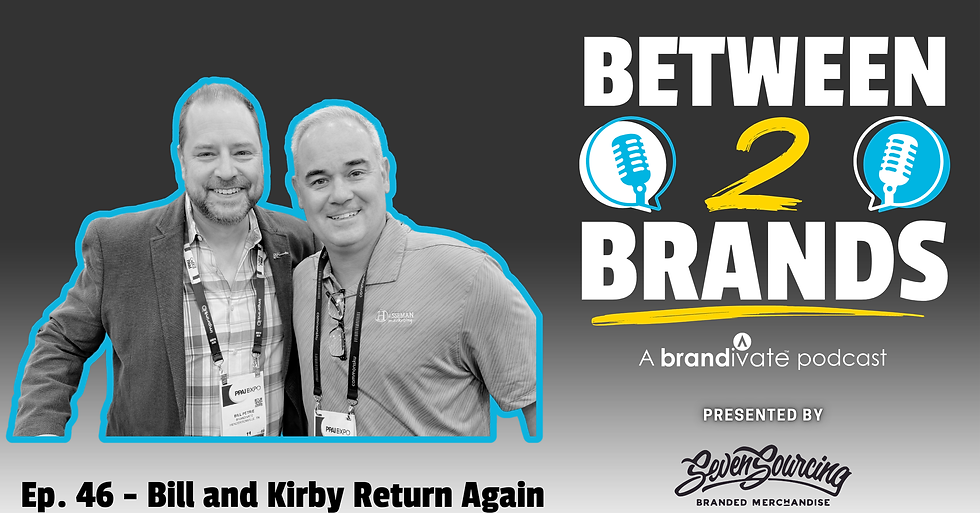Leveraging the Concept of Sales
- Bill Petrie

- Sep 26, 2022
- 3 min read
Growing your business by understanding how the sales process hasn't changed

Even in my limited amount of spare time, I read a lot - mainly online articles and physical books about marketing, branding, and sales. I find it interesting that almost every one of these features contains very similar themes: how the world of business is changing, why “old school” ways of selling don’t work anymore, or if you don’t fully commit to leveraging specific digital platforms into your marketing plan, success will be elusive at best.
All of those pieces are correct: the business world is evolving, your clients are changing, and many traditional ways of selling are bordering on extinction. What each column fails to mention is that the basic concept of a sale doesn’t change – and it hasn’t changed for centuries:
Sales are based on a transactional exchange
Transactional exchanges happen between a seller and a buyer
Both sides will attempt to maximize the value of said transactional exchange
Sales is still very much based on the simple concept of exchanging value between the seller and the buyer. With the influx of technology into every facet of society – including the sales process – many seek to leverage that technology to create frictionless transactions. However, when looking to facilitate a transactional exchange that eliminates friction, three things must be taken into consideration:
Force Must Be Applied – If we recall high school science class, Newton’s First Law of Motion states that an object at rest will stay at rest unless acted upon by an external force. If we shift the focus to sales, this means your clients are at rest, and the external force is you. This can be an internet search, Google ad, recommendation, social media post, direct mail, or even a cold call. The key takeaway is that it is your responsibility to create the force necessary to get the client moving.
Maintain Speed – Once the client is in motion, we need to ensure we don’t do anything on our part to create friction that will slow it down. Therefore, it’s critically important to remember that clients don’t want to be sold, but they do need to be convinced – and each client has a different purchasing journey. This means that you must continually learn and improve to see what works for various clients to eliminate friction. As the provider, it is incumbent upon you to make the purchasing journey of the client as easy as possible to preserve the velocity of the sale.
Resistance Points – This is what sales trainers used to call “objections,” and to become a master at sales, you had to have all manner of tricks in your bag to overcome said objections. Almost every transactional exchange will have at least one resistance point: value for the price paid, concerns about budget, the viability of the merchandise in question, etc. During a client’s purchasing journey, you must understand and anticipate the resistance points. Embrace that it is up to you to understand sales resistance points, then find ways to mitigate or eliminate them.
So, is it possible to truly create a frictionless transaction? I firmly believe the answer is a resounding no for the simple fact that regardless of how easy a seller attempts to make the sales process, it is impossible to anticipate and/or eliminate every potential area of friction. However, this is good because it allows the seller to prove their worth by removing friction along the purchasing journey.
A true consultative salesperson adds tremendous value to any transactional exchange by removing friction and accelerating the sales process. However, I would argue that a certain amount of friction in the transactional exchange is necessary, for through that friction, both sides realize the maximum value.
_edited.png)



Comments